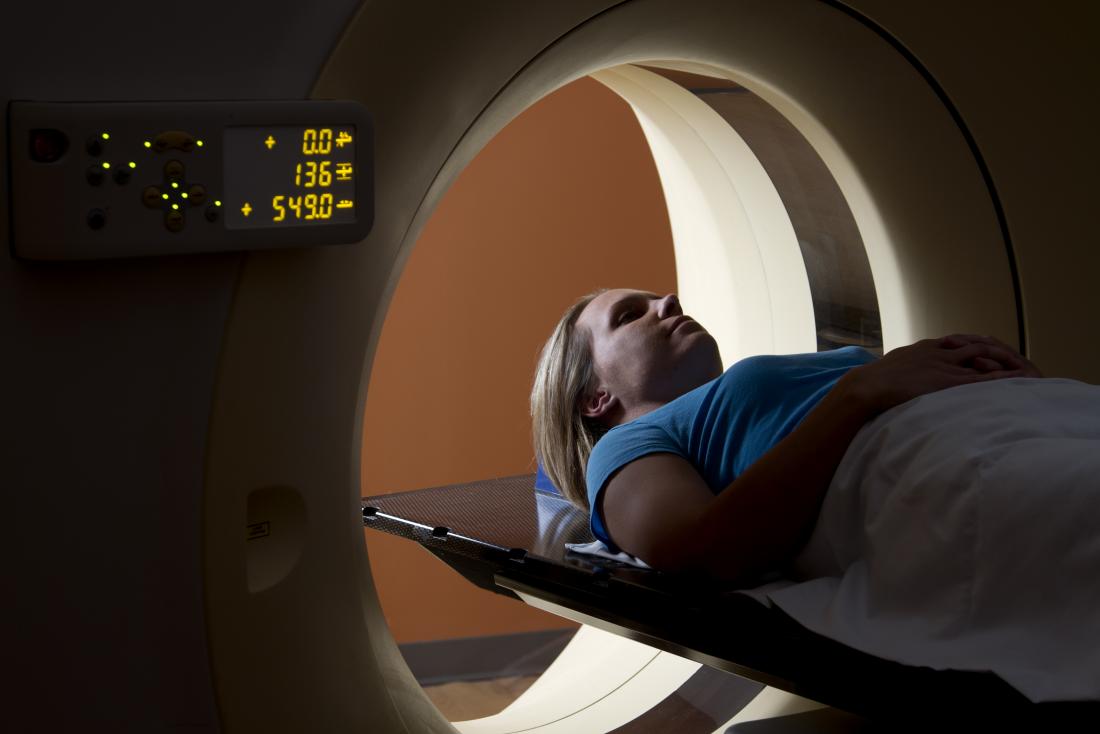Breast cancer is the most common cancer diagnosis among women in the United States.
It is very hard to estimate how a person’s breast cancer will change over the course of a year. Different types of breast cancer grow at different rates, and many factors affect its growth and chances of spreading.
This article looks at how quickly breast cancer might spread, common ways that breast cancer can progress, and the long-term outlook for the condition.
How fast can breast cancer spread?

Metastasis occurs when breast cancer cells begin to grow in another body part.
It is hard to say exactly how quickly breast cancer can grow, including the timeframe, as the disease affects each person differently.
Cancer occurs due to mutations in human cells. Mutations do not follow normal, predictable patterns of cell division, so it is difficult to predict the progression.
Tumors appear when damaged cells replicate over and over to form a clump of abnormal cells. Breast cancer cells can break off and move through the lymph or blood vessels to other areas of the body.
If breast cancer cells begin to grow in another body part, this is called metastasis. Breast cancer is most likely to metastasize to the lymph nodes, lungs, and bones.
Regardless of the location of the new tumor, doctors still consider it to be breast cancer.
Breast cancer growth and its chances of spreading depend on the following:
Type of breast cancer
Breast cancer can be invasive or noninvasive:
- Noninvasive breast cancer will not spread beyond the ducts or lobules.
- Invasive breast cancer can spread to the surrounding connective tissue, the lymph nodes, and other areas of the body.
Grade (1–3)
A doctor will grade breast cancer (1–3) based on how much the cancer cells look like normal breast cells:
- grade 1 is a slower-growing cancer
- grade 3 is a faster-growing cancer
A higher grade means that a cancer is more likely to grow faster and to spread to other areas of the breast or body.
Stage (0–4)
Healthcare professionals describe the extent of breast cancer progression in stages. This information is incredibly important when making decisions regarding treatment.
The stages of breast cancer are as follows:
- Stage 0. Doctors consider breast cancer at this stage noninvasive, and it is only present in the ducts or the lobules. Ductal carcinoma in situ is a form of stage 0 breast cancer.
- Stage 1. Breast cancer at this stage is invasive, but it remains small and near the primary site. Stage 1A involves tumors that are 2 centimeters or smaller and have not reached the lymph nodes. At stage 1B, the cancer has reached the lymph nodes.
- Stage 2. Stage 2 breast cancer is invasive, tumors may be larger than in stage 1, and the cancer may have spread to the lymph nodes.
- Stage 3. Stage 3 breast cancer is invasive, tumors may be larger, and cancer has spread to the lymph nodes, possibly to several. Breast cancer at this stage has not spread to other organs.
- Stage 4. Breast cancer has developed in other areas of the body outside the breast and lymph nodes, often in the bones, lungs, brain, or liver. Treatment at this stage focuses on controlling the cancer and preventing it from spreading any farther.
Cancer that has already spread to other areas of the body, or stage 4 cancer, is more likely to spread further.
Although it is difficult to assess the progress of cancer over the course of 1 year, the American Cancer Society provide estimates about the 5-year survival rates for people at different stages of breast cancer.
The 5-year survival rate refers to the number of people who will live for 5 years after finding out that they have breast cancer:
- close to 100 percent for stages 0 and 1
- 93 percent for stage 2
- 72 percent for stage 3
- 22 percent for stage 4
These figures are population estimates. Each person’s individual survival rate varies depending on a wide range of factors.
Personal factors
Growth or spread within a year will often depend on personal factors, including:
- age at diagnosis
- hormone status, such as pre- or postmenopause
- family history of breast cancer
- exposure to alcohol, cigarettes, or pollution
- previous history of cancer
Response to treatment
A doctor may also take how a person responds to previous or current treatment into account when working out the likely change or progression of cancer.
What to know about breast cancer growth
Breast cancer occurs when normal cells mutate and multiply faster than usual. One cell divides to become two cells, then each of those cells divides to become four cells, and so on. The uncontrolled multiplication of cancer cells creates tumors within the breast tissue.
The speed at which a cancer progresses depends on the growth rate of the cancer cells. It is hard to estimate cancer growth because not all cancer cells multiply and divide at the same speed.
In most cases, breast cancer initially develops in either the milk ducts or the lobules, which are the glands that produce milk, before expanding into the breast tissue.
Breast cancer that develops in ducts or lobules can spread to the connective tissue. From there, it can spread to the surrounding lymph nodes.
Once in the lymph nodes, the cancer cells can enter the lymphatic system or the bloodstream, where they can move to other areas of the body.
One recent study looked at the growth rate of invasive breast cancer tumors. The researchers reported that certain types of breast cancer, such as triple-negative breast cancer and HER2-positive breast cancer, grew at fast rates.
Symptoms

Symptoms of breast cancer include pain, swelling, or redness on any part of the breast.
People with breast cancer may experience a range of symptoms, but not all people will experience the same symptoms. Also, according to Centers for Disease Control and Prevention (CDC), some people with breast cancer experience no symptoms at all.
Some signs and symptoms of breast cancer include:
- a lump or mass in the breast tissue
- pain, swelling, or redness on any part of the breast
- dimpling of the skin covering the breast
- unusual nipple discharge
- flaking skin on or near the nipple
- change in the shape or size of the breast
Diagnosis
Diagnosing breast cancer begins with screening for early signs. Procedures may include breast examinations and mammograms.
If a healthcare provider finds early signs of breast cancer or highly suspects that a person may have breast cancer, they will likely order additional tests. These may include:
- A breast examination. A doctor will feel the breast tissue for lumps or any unusual structures in the breast. People can also perform their own breast exams at home.
- Mammography. A mammogram involves taking an X-ray image of the breast and examining the image for any early signs of breast cancer.
- Ultrasound. A doctor may use a handheld machine called a sonogram to create images of the inside of the breast.
- MRI. An MRI scan uses strong magnetic fields and radio waves to generate images of the inside of the breast.
- A biopsy. This is a procedure that involves removing a sample of tissue from the breast for further examination.
Treatment
Breast cancer treatment plans depend on the type and stage of the cancer, as well as a person’s overall health status and their personal preferences.
Treatments for breast cancer are either local or systemic.
Local treatments

Radiation therapy aims to remove as many cancer cells as possible without damaging healthy tissue.
These aim to remove or destroy cancer in a particular area of the body. Local treatments aim to destroy or remove as many cancer cells as possible without damaging healthy tissue.
Examples of local treatments for breast cancer include:
Systemic treatments
These can effectively destroy cancer throughout the body. However, systemic treatments can negatively affect healthy cells and cause uncomfortable side effects.
Examples of systemic treatments include:
Outlook
Factors such as age, cancer status, and a person’s overall health all affect how quickly cancer spreads.
Breast cancer detected at early stages (0–1) is very treatable. At later stages, breast cancer treatment is more aggressive, as it aims to destroy the cancer and prevent further growth to reduce the risk of recurrence.
Stage 4 breast cancer is not curable, and treatment aims to shrink the cancer when possible and prevent it from growing or spreading any farther.
While a person with stage 4 cancer may never be cancer-free, controlling the cancer is still considered a positive outcome in this situation.

